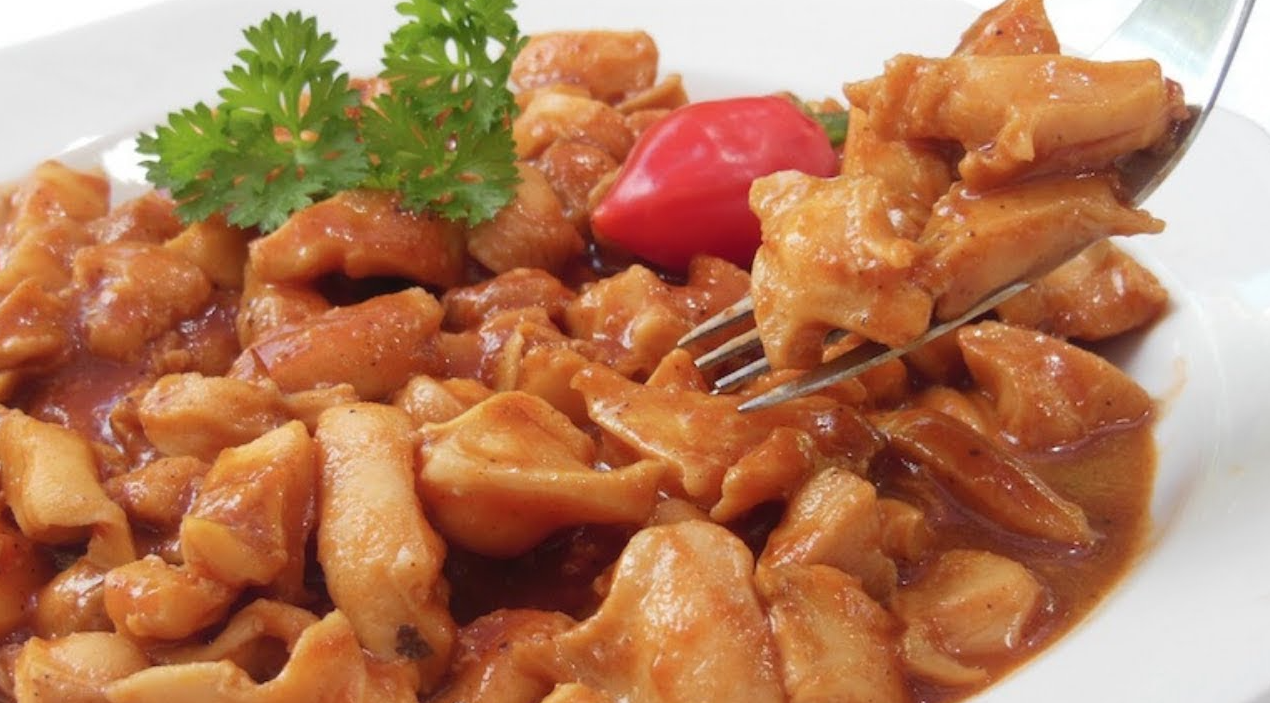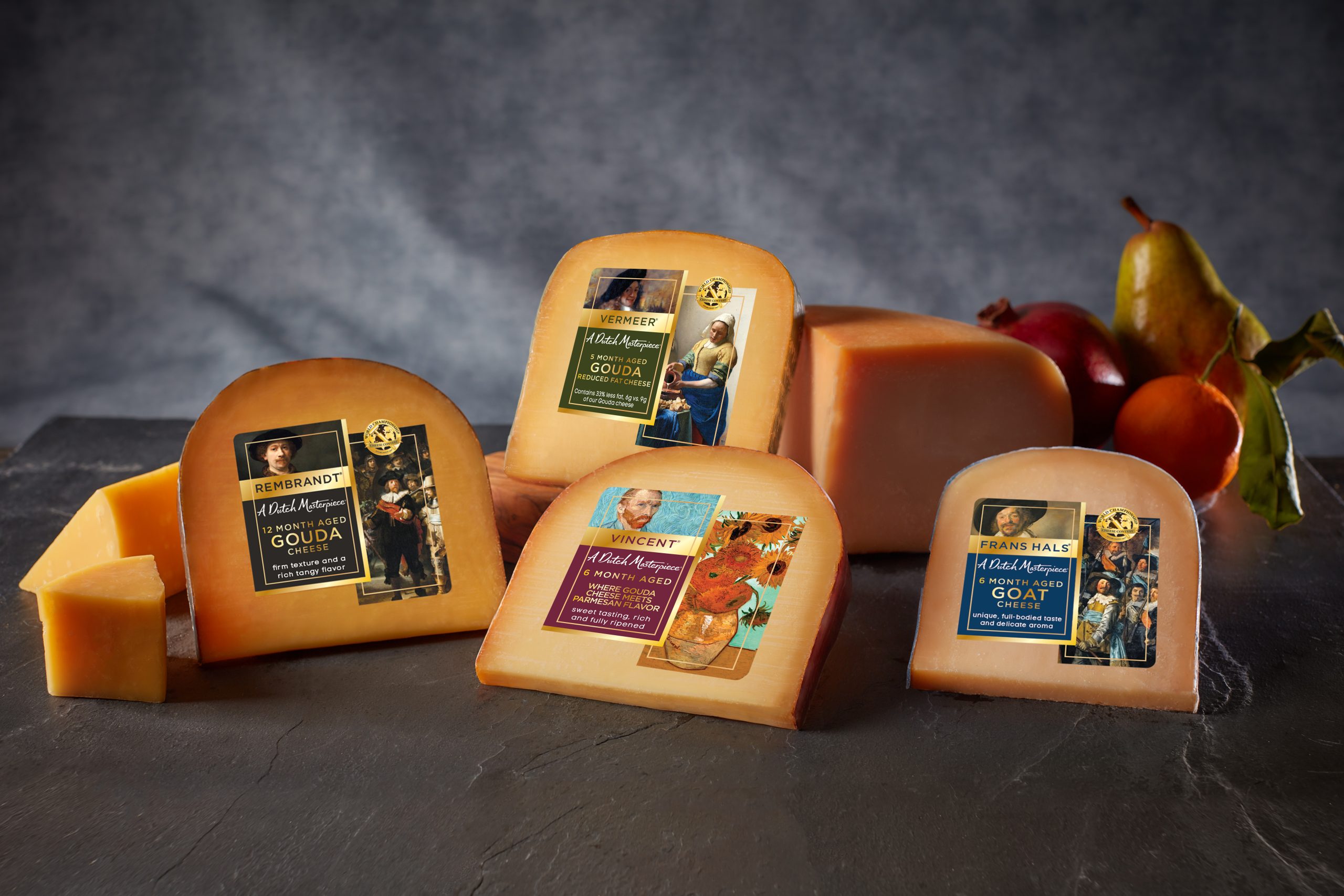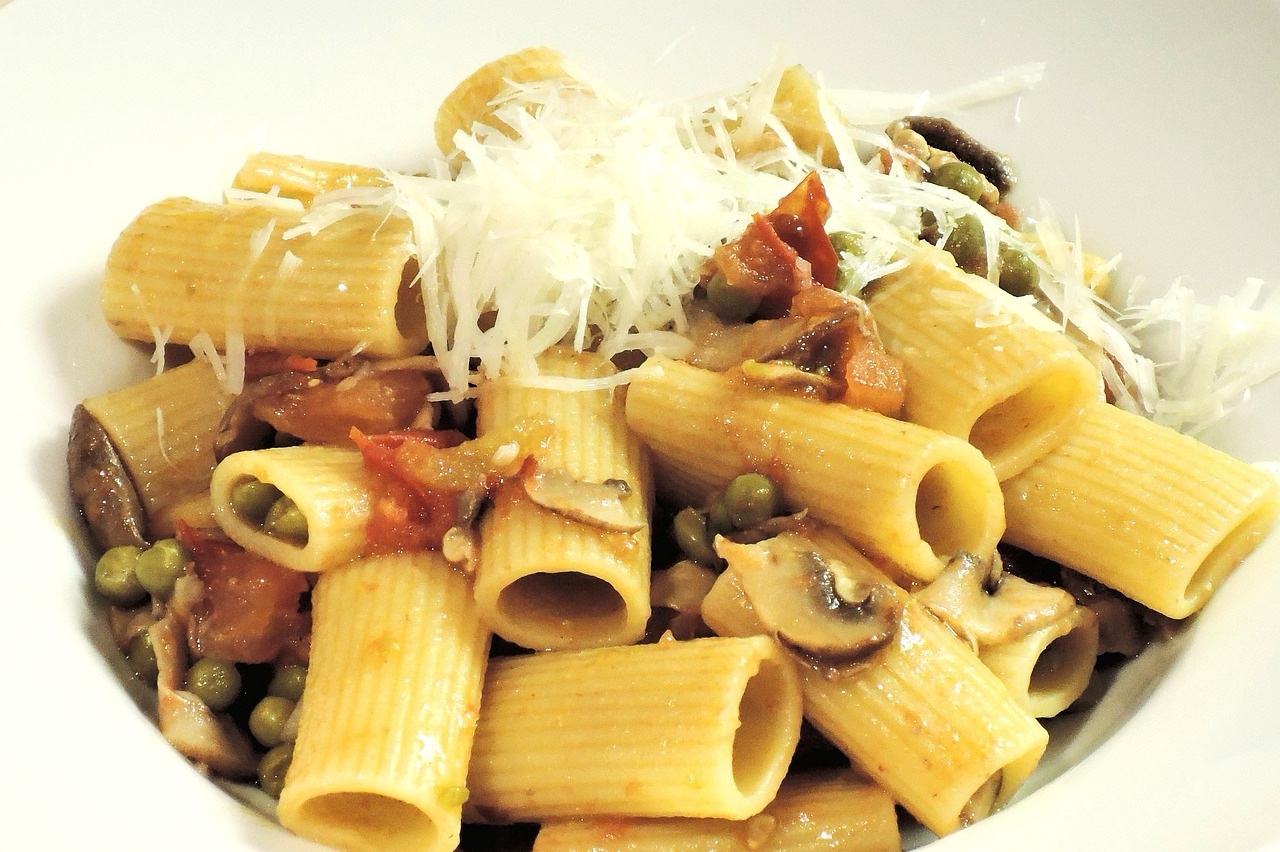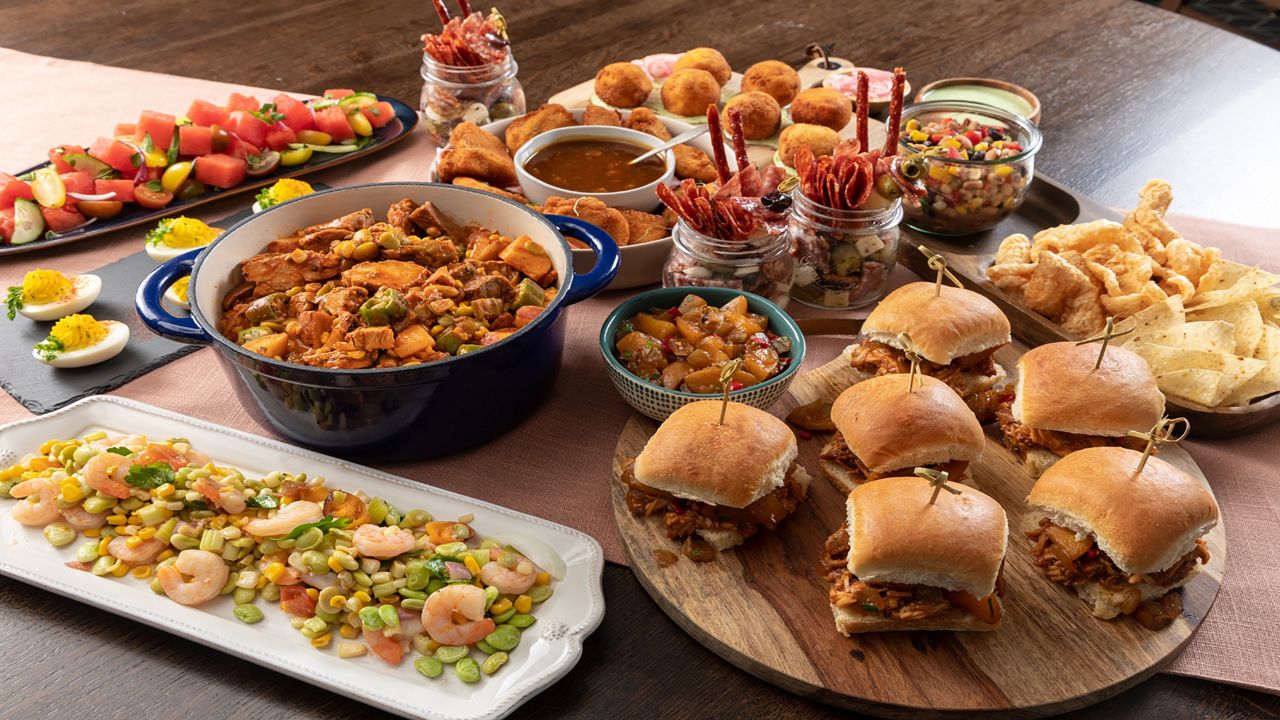If there was one Haitian dish that could define a fully immersive Caribbean experience then it has to be Lambi. Especially the ones had fresh on the white sands of a Caribbean beach. Haitian folks love their full plates of Lambi and you would too if you got to sample it from the right place. Lambi basically means a conch in English. They are seashell molluscs or sea snails, collected by divers while they are trotting away on a beach.
Lambi can be prepared in myriad ways- fully cooked à la creole, gratiné, or grilled. But the method of preparation that is widely popular is the smoked method also known as boucane. Smoking live molluscs imparts a heavy wooden flavour which is in stark contrast to the flavour of fresh Lambi itself- soft, warm and salty. Together, they make for a heavenly combination that tickles taste buds down to each cell. Grilling and smoking employ similar equipment, but only frozen molluscs are grilled. Live molluscs, smoked right before the eyes of the consumer, not only makes for a sumptuous snack but also a visual treat. Though only for the strong hearted. That’s because live molluscs are seen desperately trying to escape their shells before they are scalded. Learn how to prepare lambi with this step by step Haiti Open lambi recipe that you can start trying at home.
It is easy to spot a Lambi seller on a Haitian beach. Live molluscs are caught and tossed onto a makeshift grill surrounded by a sizzling aroma of the sea. If you are weak in the eyes, surely the warm waft of air from a Lambi stall will draw you in. The cooked molluscs are then separated from their shells usually by crushing with a rock. They are then tossed in a hot sauce comprising lemon, spices and herbs a secret only known to the vendors. Lambi can also be enjoyed cooked in tomato and onion sauce served with rice, beans and a side of ever present Pikliz.
Haitian rice and beans might make you step back, guffaw in amazement and come back wanting for more. It is not your typical black rice. Black rice or ‘diri djon djon’ as it is locally known in Haiti is power packed with flavours. Djon Djon are a type of mushrooms found in northern Haiti. You will have to shell out a bit more in some western stores, but that may be completely worth it. For cheaper alternatives, you could use Djon Djon Maggie Cubes in West Indian markets. However, the real deal is not easily substituted. The exquisite complex color and flavour will win you over. The rice prepared along with these make for a delectable entree and are wholesome on their own. No side dishes needed. But traditionally they are served with meat or a fish dish. Mushrooms are soaked in water for at least a couple hours. Only the water infused with the goodness of Djon Djon mushrooms is used for preparing the rice, while the solid part is discarded. Check out how to make Haitian Black Rice with this Haiti Open Haitian Rice and Beans recipe and give it a try.
Popular recipes call for garlic, cloves, onion, lima beans and a wide array of herbs including thyme, blended herbs. The seasonings could be usual salt pepper and bouillon cube. The peas or beans are cooked in the pot before adding the rice. This ensures even cooking… Adding shallots, scallion or parsley and even a whole hot pepper is a way to ensure several flavours bubble up in your mouth leaving you satiated. In popular recipes the preparation time could be fifteen minutes and cooking could take a little longer-about forty minutes. One little recipe that we love is right here.
As usual food tastes best when enjoyed in the company of friends and fine weather. Although meant for special occasions both Lambi and Black Djon Djon rice are perfect for a small get together. These two recipes that we have here are unique and will have your friends gushing over your culinary mastery.





